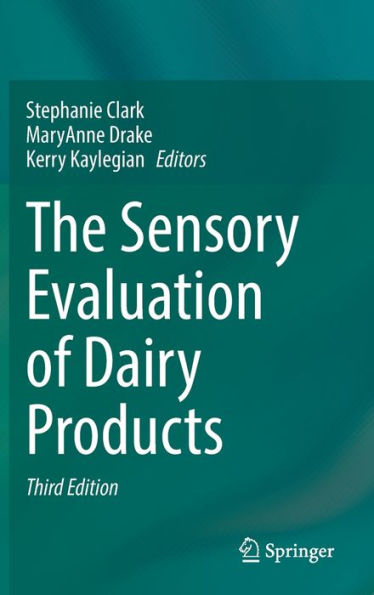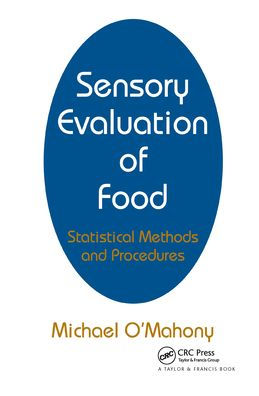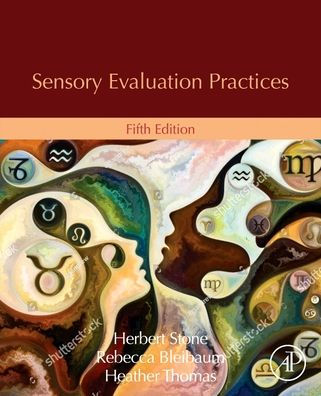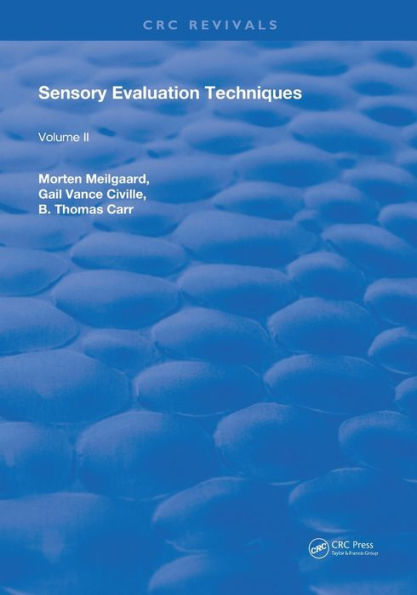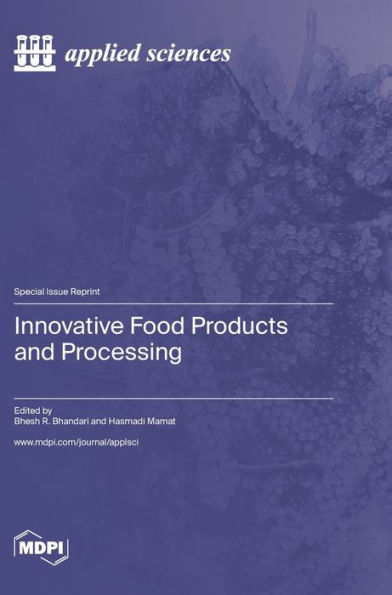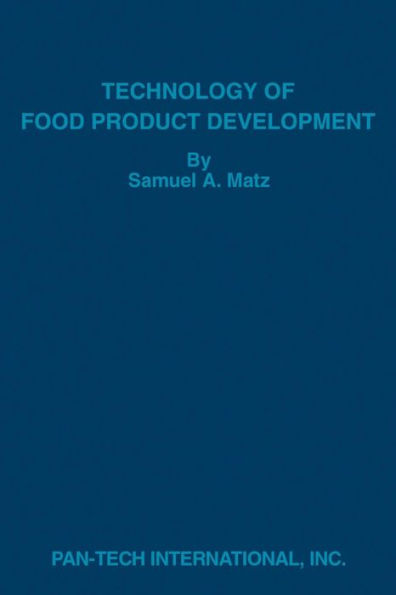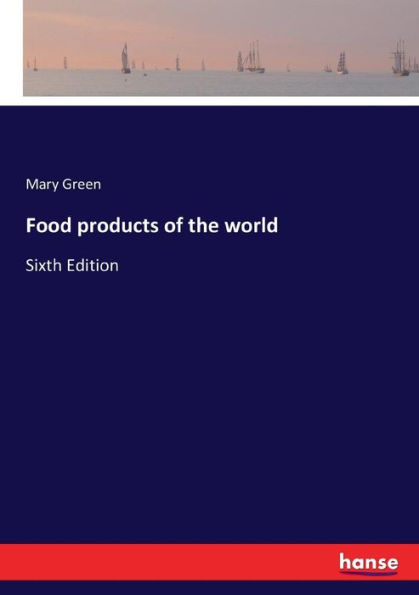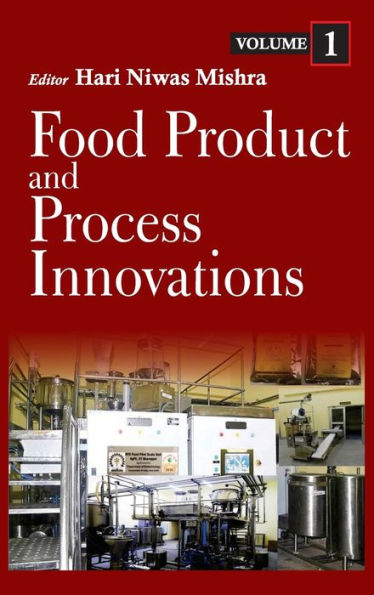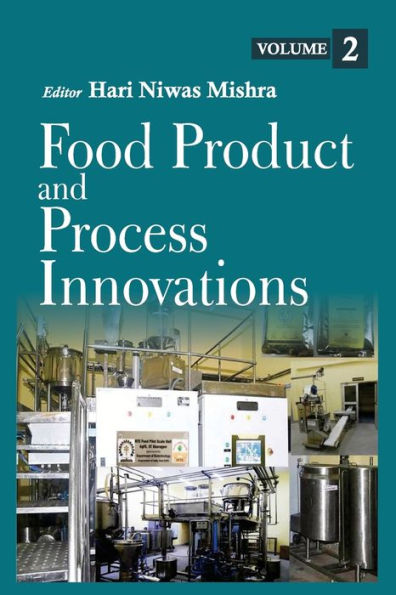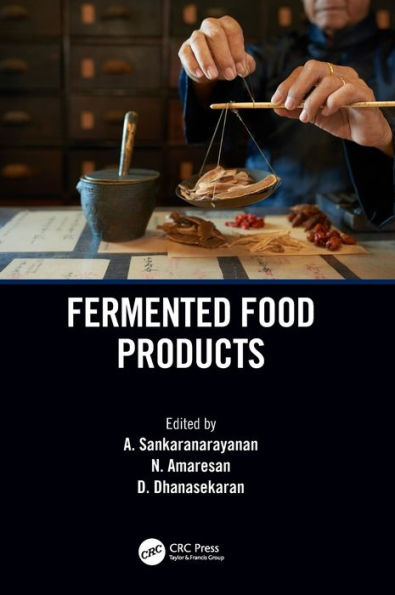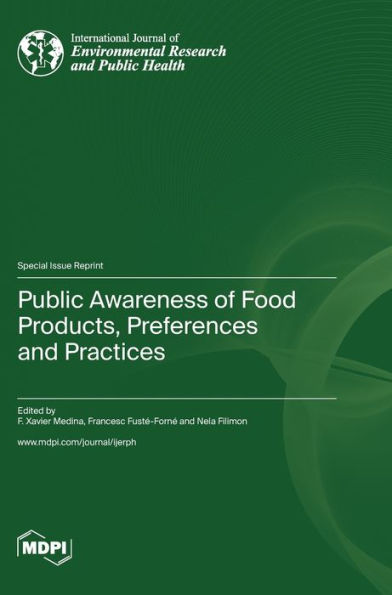Home
Introduction to sensory evaluation of food products


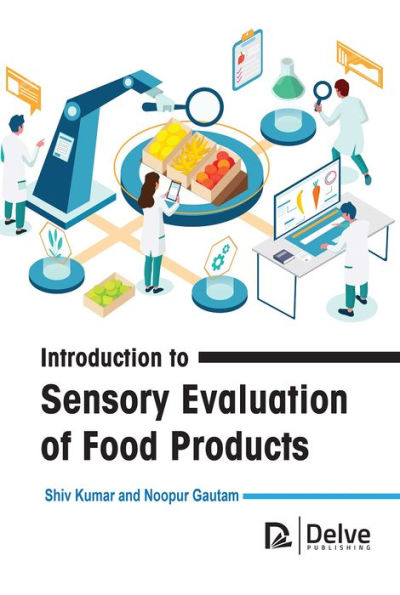
Introduction to sensory evaluation of food products
Current price: $175.00
Loading Inventory...
Size: OS
Food sensory testing includes the application of human senses in the scientific assessment of food products. Qualities like texture, odor, scent, and taste are examined by trained testers to evaluate product quality or obtain opportunities for development. The test people of a board should satisfy certain prerequisites as food testers: availability, neutral conduct towards the tested product, scientific language competence, no sensitivities or intolerances to test foods, and healthy senses. This volume presents off-flavor as an unwanted taste, smell, or mouthfeel. This can emerge during storage or handling and frequently causes a decline in the sensory nature of food or drink. Off-flavor happens when dangerous compounds pollute a food because of chemical alterations or adulteration during storage or production or through the development of microbes in a product. For effective sensory testing, sample choosing, preparation, balance, coding, and presentation are crucial to offering an objective assessment. The differences between samples should be negligible; for example, all testers must obtain similar samples for appraisal.
